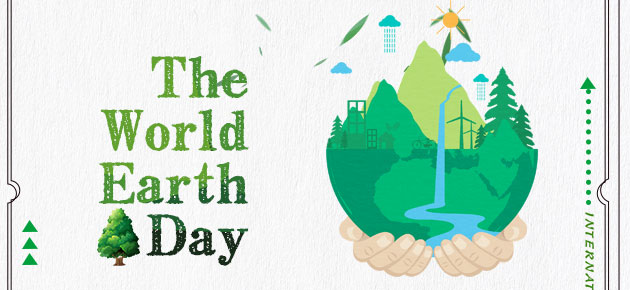What are the current environmental issues?
PV:338
On today's earth, our green barrier - the forest is disappearing at an average speed of 4,000 square kilometers per year. The reduction of forests has destroyed the function of conserving water resources, resulting in the reduction of species and water and soil erosion. The reduction of carbon dioxide absorption has intensified the greenhouse effect.
desertification
The global land area accounts for 60%, of which desert and desertification area is 29%. Every year, 6 million hectares of land turn into deserts. Economic losses are 42.3 billion U.S. dollars annually. There are 5 billion hectares of arid and semi-arid land in the world, 3.3 billion of which are threatened by desertification. As a result, 6 million hectares of farmland and 9 million hectares of pastoral areas lose their productivity each year. The cradle of human civilization, the Tigris and Euphrates river basins, has turned fertile soil into a desert. In China's Yellow River Basin, soil erosion is also very serious.
Air Pollution
The main factors of atmospheric pollution are suspended particulates, carbon monoxide, ozone, carbon dioxide, nitrogen oxides, lead and so on. Air pollution causes 300,000 to 700,000 people to die prematurely due to smoke and dust, 25 million children suffer from chronic laryngitis, and 400-700 million rural women and children suffer.

Water pollution
Water is one of the most needed and most exposed substances in our daily routine. However, water is now a dangerous product.
Ocean pollution
Human activities have increased the nitrogen and phosphorus in the offshore areas by 50% to 200%; excess nutrients have led to the growth of coastal algae; red tides have appeared in the Baltic Sea, the North Sea, the Black Sea, and the East China Sea (East China Sea). Marine pollution has caused red tides to occur frequently, destroying mangroves, coral reefs, and seagrasses, causing sharp declines in fisheries and shrimps in the open sea and heavy fishery losses.


